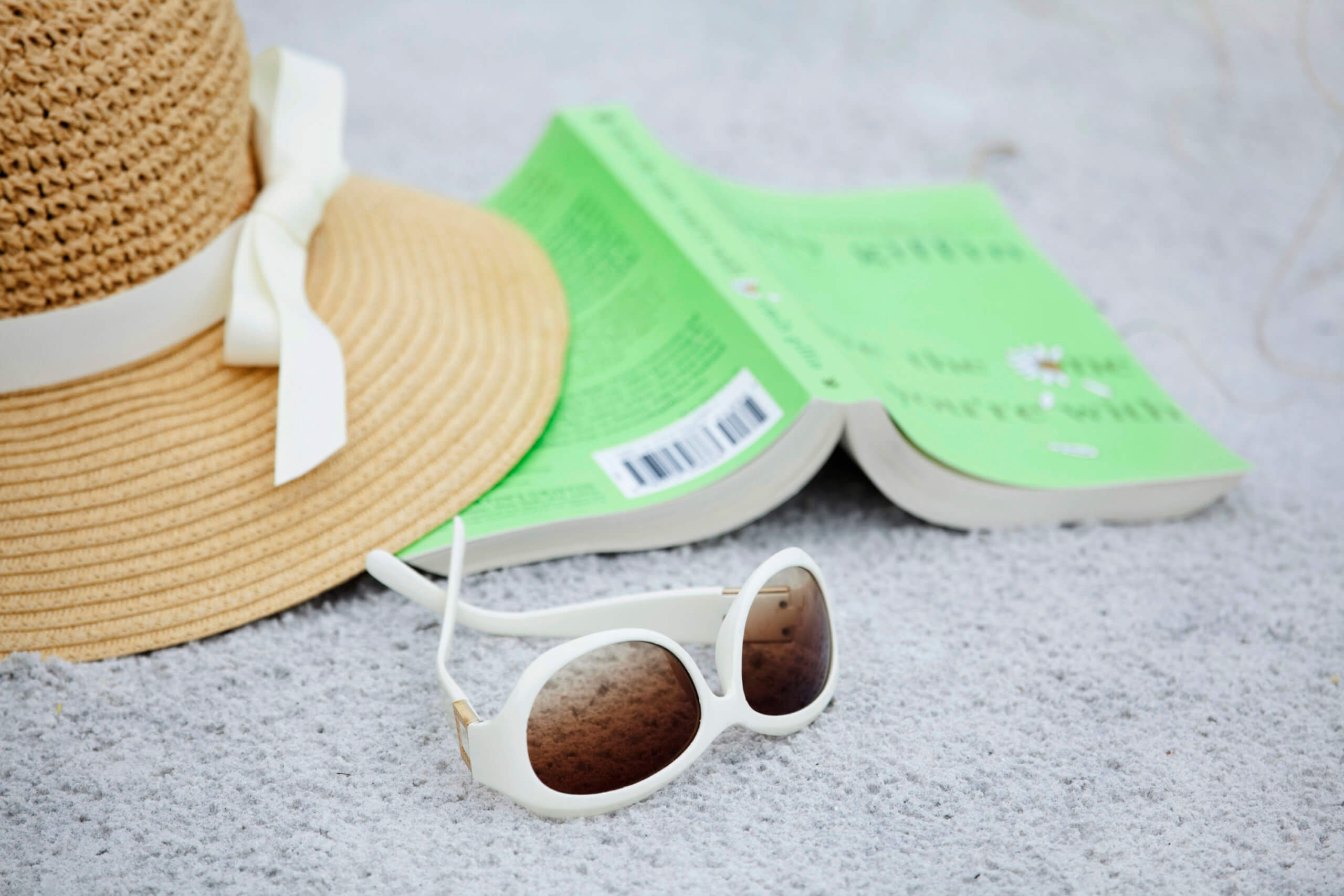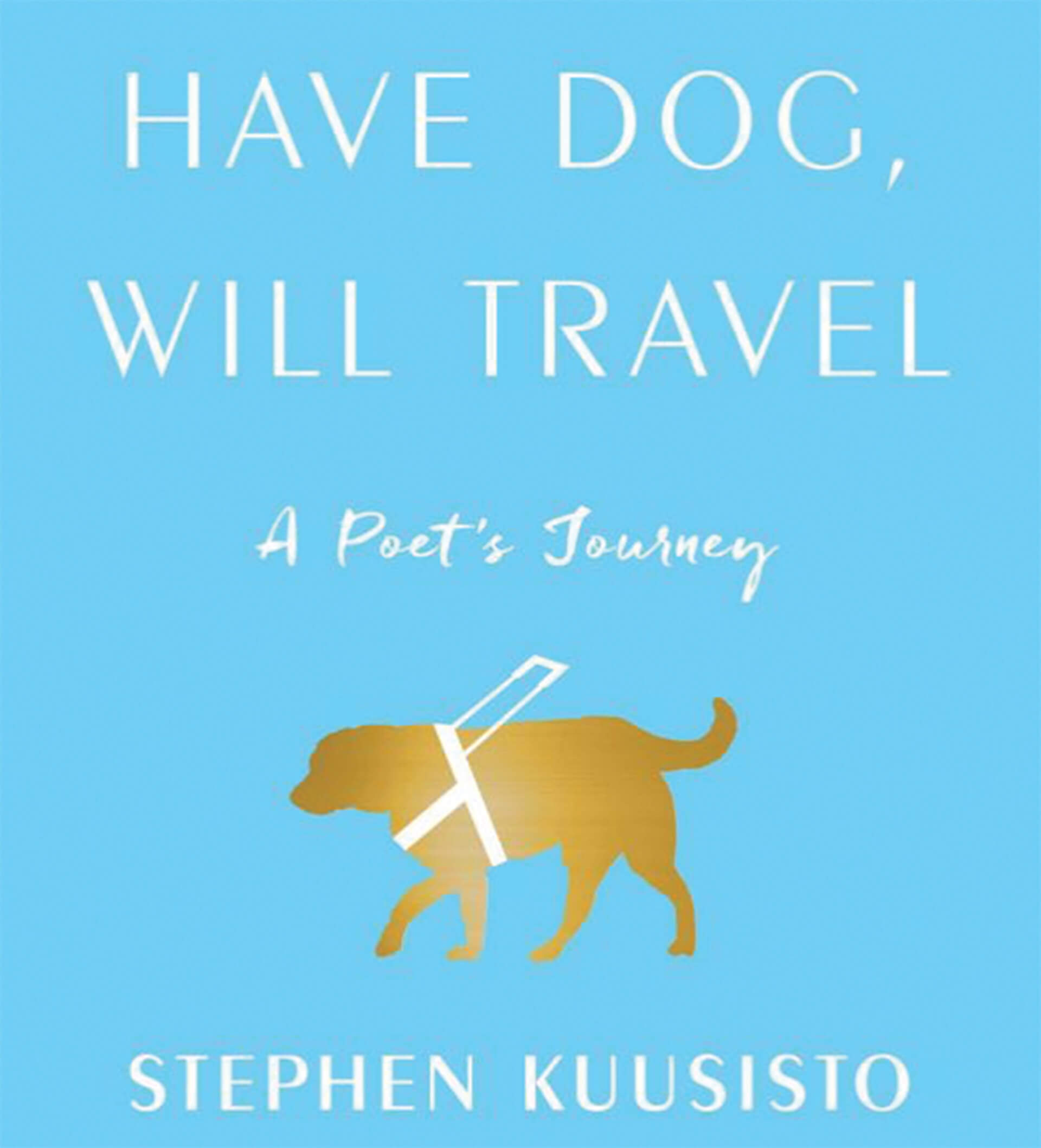Have Dog, Will Travel


In a marketplace overloaded with books on dog bonding and triumph-over-adversity, Stephen Kuusisto’s third memoir of his legally blind life before and after getting a guide dog stands out for its substance, style, and sentiment devoid of sentimentality.
Though the author includes snippets from his own Buddhist-like poems and journal entries he’s kept over the years about how his golden Labrador retriever Corky gave him life, his account resonates not so much as a poet’s journey but as a moving and informative narrative about trust, devotion, and love.
Its achievement is that it is not determinedly inspirational or confessional, but rather a personal story delivered with modesty, heart, and humor. (In Macy’s in New York City, the author once made the mistake of talking to a mannequin.)
This is also a disturbingly contemporary story, however, because the first Americans With Disabilities Act prohibiting discrimination in employment, public services, and accommodations was passed only in 1990, and the guide dog movement is barely 60 years old. Though the first Seeing Eye school in the US started in 1929, in Nashville, it hardly made a dent in the national consciousness.
Blindness can scare people, as Kuusisto shows through telling anecdotes. Now 63, he grew up at a time of widespread prejudice and ignorance toward blind people, especially in the business community. The result, he shows, is that “many people across the globe still feel they must hide their disabilities.”
The hostility and shame extended to his own parents. His “stone-faced” mother, a neurotic alcoholic married to a withdrawn academic, kept telling her son that he must not let anyone know he couldn’t see. “You should never let people see you’re defective. They’ll think less of you,” she told him.
She kept insisting he deny reality, including at his graduation from Guiding Eyes Training School in Westchester County, where he reluctantly invited her to meet trainers, puppy raisers, and others like him. Only his younger sister stood by him. Even some at the famous MacDowell Artists’ Colony in New Hampshire, where the author once got a fellowship, could be opinionated and hurtful.
Legally blind from birth but able to muddle by seeing blurred colors and shapes in one eye, Kuusisto was 38 when he lost a teaching job in the mid-1990s at an upstate college. He knew that he had to do something if he ever wanted to get out of the “bubble,” learn to travel and be able to apply for another job. Canes? Primitive, restrictive, unreliable, especially compared with certified dogs.
The more he relaxed, the more he learned.
Guide dogs move fast, he found out early on. Unlike pets, they pull, not heel, and know terrain exactly. The first guide dogs in the early 1960s were “hard,” distinct from the Corkys who required subtler handling and lived on praise. A lab can see 250 degrees while staring straight ahead (a human sees only 180). Though shepherds can be wonderful guide dogs, they basically are herding dogs and can become agitated. They’re also harder to breed for guide purposes.
There are, in fact, only a dozen guide schools in the US. Kuusisto’s first job after graduating from Guiding Eyes was being hired to promote and explain the nonprofit agency. He loved the work. He and Corky went everywhere around the country, educating others and continually educating himself.
Like many inventions that help man, the guide dog owes its origin to the military, particularly to the forethought, observation, and compassion of Dr. Gerhard Stalling, a German physician who halfway through WWI sensed what dogs could do, especially for blind soldiers. Kuusisto references John Singer Sargent’s little-known painting of the blind leading the blind in Gassed, 1919.
Readers would be well advised to Google this spectacular work and be amazed.
The author’s current dog is Caitlyn, also a yellow lab, a little less independent than Corky, but deeply loved all the same. Dogs are unique, Kuusisto writes, but what they have in common is “their absolute perfection in traffic,” and an instinctive ability to draw courage and affection from their owners. They know they’re service animals and that their job is not to heal the wounded but “entice them back to the world.”
Kuusisto describes his memoir as a “love poem to a dog — and by extension to all dogs.” But it’s also a lyrical celebration for anyone disabled, physically or mentally, and a testimony to being alive, walking, and taking in the world with a renewed sense of wonder.



